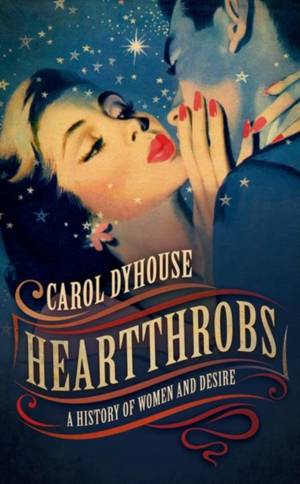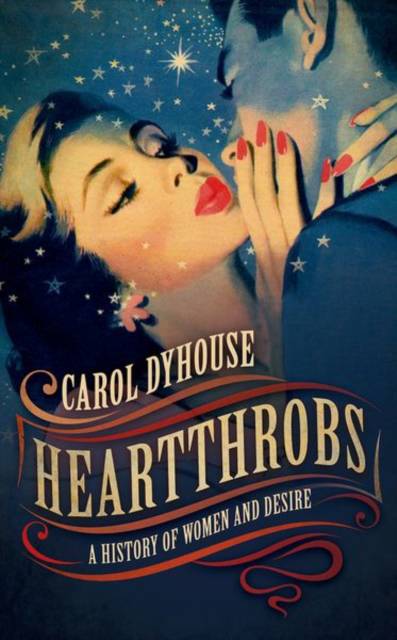
- Afhalen na 1 uur in een winkel met voorraad
- Gratis thuislevering in België vanaf € 30
- Ruim aanbod met 7 miljoen producten
- Afhalen na 1 uur in een winkel met voorraad
- Gratis thuislevering in België vanaf € 30
- Ruim aanbod met 7 miljoen producten
Zoeken
€ 26,45
+ 52 punten
Uitvoering
Omschrijving
From dreams of Prince Charming or dashing military heroes, to the lure of dark strangers and vampire lovers; from rock stars and rebels to soulmates, dependable family types, or simply good companions, female fantasies about men tell us a great deal about the history of women. In Heartthrobs, Carol Dyhouse draws upon literature, cinema, and popular romance to show how the changing cultural and economic position of women has shaped their dreams about men. When girls were supposed to be shrinking violets, passionate females risked being seen as 'unbridled', or dangerously out of control. Change came slowly, and young women remained trapped in a double-bind: you may have needed a husband in order to survive, but you had to avoid looking like a gold-digger. Show attraction too openly and you might be judged 'fast' and undesirable. Education and wage-earning brought independence and a widening of horizons for women. These new economic beings showed a sustained appetite for novel-reading, cinema-going, and the dancehall. They sighed over Rudolph Valentino's screen performances as tango-dancer or Arab tribesman and desert lover. Women may have been ridiculed for these obsessions, but, as consumers, they had new clout. This book reveals changing patterns of desire, and looks at men through the eyes of women.
Specificaties
Betrokkenen
- Auteur(s):
- Uitgeverij:
Inhoud
- Aantal bladzijden:
- 288
- Taal:
- Engels
Eigenschappen
- Productcode (EAN):
- 9780198828129
- Verschijningsdatum:
- 2/03/2020
- Uitvoering:
- Paperback
- Formaat:
- Trade paperback (VS)
- Afmetingen:
- 135 mm x 213 mm
- Gewicht:
- 272 g

Alleen bij Standaard Boekhandel
+ 52 punten op je klantenkaart van Standaard Boekhandel
Beoordelingen
We publiceren alleen reviews die voldoen aan de voorwaarden voor reviews. Bekijk onze voorwaarden voor reviews.











